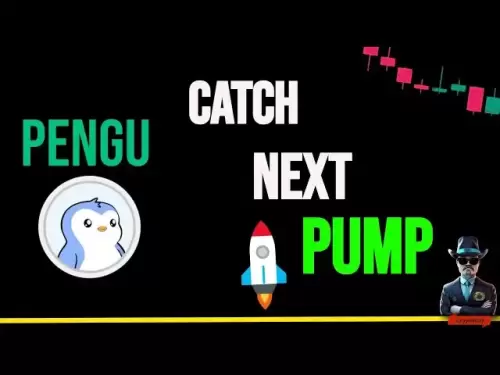-
 Bitcoin
Bitcoin $106,782.3966
-0.72% -
 Ethereum
Ethereum $2,406.7764
-1.16% -
 Tether USDt
Tether USDt $1.0005
0.02% -
 XRP
XRP $2.0918
-1.53% -
 BNB
BNB $644.5785
-0.17% -
 Solana
Solana $141.0925
-0.69% -
 USDC
USDC $1.0000
0.02% -
 TRON
TRON $0.2721
0.18% -
 Dogecoin
Dogecoin $0.1585
-1.26% -
 Cardano
Cardano $0.5497
-1.14% -
 Hyperliquid
Hyperliquid $35.8493
-1.58% -
 Bitcoin Cash
Bitcoin Cash $502.3089
2.20% -
 Sui
Sui $2.7092
3.87% -
 Chainlink
Chainlink $12.8551
-1.85% -
 UNUS SED LEO
UNUS SED LEO $9.0548
0.53% -
 Stellar
Stellar $0.2344
-0.85% -
 Avalanche
Avalanche $17.2676
-0.23% -
 Toncoin
Toncoin $2.8282
0.56% -
 Shiba Inu
Shiba Inu $0.0...01113
-1.14% -
 Litecoin
Litecoin $83.9593
-0.93% -
 Hedera
Hedera $0.1447
0.82% -
 Monero
Monero $306.9022
-2.07% -
 Bitget Token
Bitget Token $4.6358
3.42% -
 Dai
Dai $0.9999
0.01% -
 Ethena USDe
Ethena USDe $1.0001
0.02% -
 Polkadot
Polkadot $3.3211
0.06% -
 Uniswap
Uniswap $6.8775
0.75% -
 Pi
Pi $0.5664
-0.27% -
 Aave
Aave $256.0055
1.28% -
 Pepe
Pepe $0.0...09013
-3.24%
How to calculate AscendEX contract income
Calculating contract income on AscendEX involves determining the contract type, using the appropriate formula, considering leverage, understanding funding rates, and monitoring realized and unrealized P&L.
Nov 26, 2024 at 05:41 am
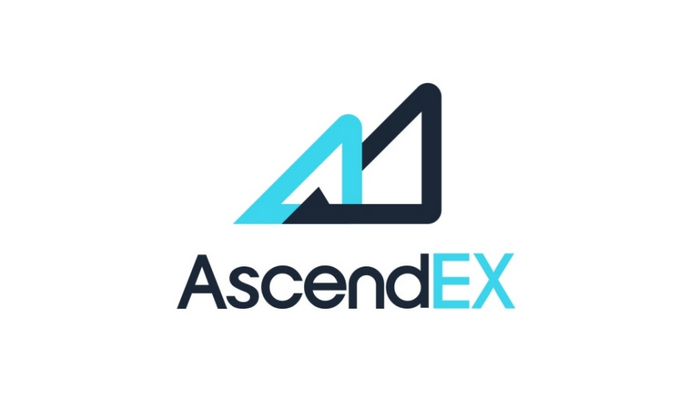
Calculating Contract Income on AscendEX
AscendEX, a renowned cryptocurrency exchange, offers a comprehensive suite of trading tools, including contract trading. Contract trading allows traders to speculate on the future price of cryptocurrencies using leverage, enabling them to amplify both profits and risks.
Understanding how to calculate contract income on AscendEX is crucial for effective trading strategies and risk management. Here's a detailed guide to assist you in accurately calculating your contract earnings:
1. Determine the Contract Type
AscendEX offers two primary contract types: futures contracts and perpetual contracts. Futures contracts have a predetermined expiry date, while perpetual contracts do not have an expiry date. The calculation of income differs slightly depending on the contract type.
2. Calculating Futures Contract Income
a. Formula: Income = (Final Price - Entry Price) Contract Size Multiplier
b. Definition of Terms:
- Final Price: The price at which the contract is closed.
- Entry Price: The price at which the contract was opened.
- Contract Size: The value of the underlying asset represented by each contract unit.
- Multiplier: A factor that amplifies the contract value to provide leverage.
c. Example:
- If you buy a Bitcoin futures contract with an entry price of $20,000, a multiplier of 10, and a contract size of 1 BTC. You close the contract when Bitcoin is trading at $22,000.
Income = ($22,000 - $20,000) * 1 BTC * 10
Income = $20,000
3. Calculating Perpetual Contract Income
a. Formula: Income = Funding Rate Contract Size Multiplier * Duration
b. Definition of Terms:
- Funding Rate: A periodic payment or fee exchanged between traders based on the market demand and supply of a contract.
- Duration: The period over which the funding rate is applied.
c. Example:
- If you hold a perpetual contract for 10 days with a contract size of 100 ETC, a multiplier of 10, and a funding rate of 0.01% per day.
Income = 0.01% * 100 ETC * 10 * 10 days
Income = 10 ETC
4. Consider Leverage and Margin
Leverage in contract trading is a double-edged sword. It can amplify both profits and losses. Hence, understanding how leverage affects your income is crucial.
a. Higher Leverage: Higher leverage increases the potential return but also magnifies the risk. A small price movement can result in significant gains or losses.
b. Lower Leverage: Lower leverage reduces both potential gains and losses. It is a more conservative approach, especially for beginners or risk-averse traders.
5. Understanding Funding Rates
Funding rates are critical in perpetual contract trading as they impact your income over time. Positive funding rates indicate that long positions pay a fee to short positions, while negative funding rates indicate the opposite.
a. Positive Funding Rates: If you hold a long position, you will pay a funding fee, reducing your income.
b. Negative Funding Rates: If you hold a short position, you will receive a funding fee, increasing your income.
6. Monitoring Realized and Unrealized P&L
a. Realized P&L: The realized profit or loss is the net gain or loss that has been locked in by closing a contract.
b. Unrealized P&L: The unrealized profit or loss represents the potential gain or loss if the contract was closed at the current market price.
7. Hedging Strategies for Contract Trading
Hedging strategies involve using offsetting positions to reduce risk. Two common strategies are:
a. Long and Short Strategy: This involves taking long positions in one contract and short positions in another to balance profits and losses.
b. Cross-Margining: This allows traders to use funds from other positions as collateral, providing greater flexibility and potential returns.
Disclaimer:info@kdj.com
The information provided is not trading advice. kdj.com does not assume any responsibility for any investments made based on the information provided in this article. Cryptocurrencies are highly volatile and it is highly recommended that you invest with caution after thorough research!
If you believe that the content used on this website infringes your copyright, please contact us immediately (info@kdj.com) and we will delete it promptly.
- Smart Investors Navigate the AI Token Frenzy: Bitcoin Switch and Beyond
- 2025-06-28 12:30:12
- Crypto in 2025: How Web3 AI is Poised to Dominate
- 2025-06-28 12:30:12
- Solana's Support Level Holds as MACD Crossover Hints at Potential Bullish Reversal
- 2025-06-28 12:50:12
- Cathie Wood's Ark Invest: Navigating Coinbase (COIN) and SoFi (SOFI) in a Shifting Market
- 2025-06-28 12:53:43
- Crypto 2025: Spotting the Top Coins with Real Utility
- 2025-06-28 12:42:12
- Pepe Price's Wild Ride: Cryptocurrency Milestone or Just Another Meme?
- 2025-06-28 12:42:13
Related knowledge
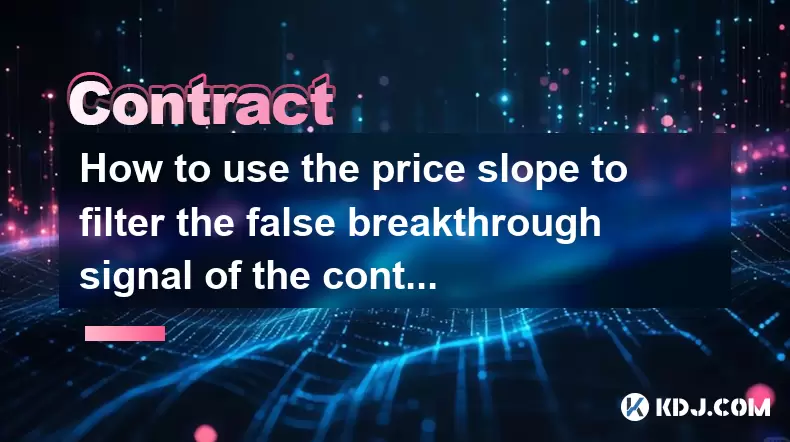
How to use the price slope to filter the false breakthrough signal of the contract?
Jun 20,2025 at 06:56pm
Understanding the Concept of Price Slope in Contract TradingIn contract trading, especially within cryptocurrency derivatives markets, price slope refers to the rate at which the price changes over a specific time period. It helps traders assess the strength and sustainability of a trend. A steep slope may indicate strong momentum, while a shallow slope...
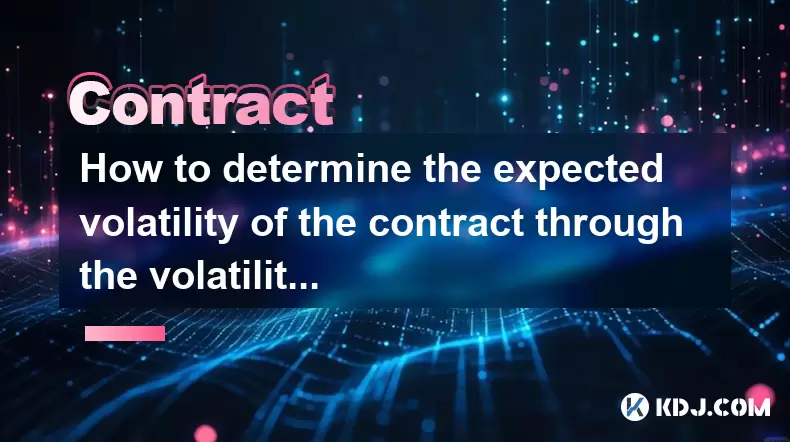
How to determine the expected volatility of the contract through the volatility cone?
Jun 19,2025 at 12:28pm
Understanding the Basics of Volatility in Cryptocurrency ContractsIn the realm of cryptocurrency trading, volatility is a key metric that traders use to assess potential risk and reward. When dealing with futures contracts, understanding how volatile an asset might become over time is crucial for position sizing, risk management, and strategy developmen...
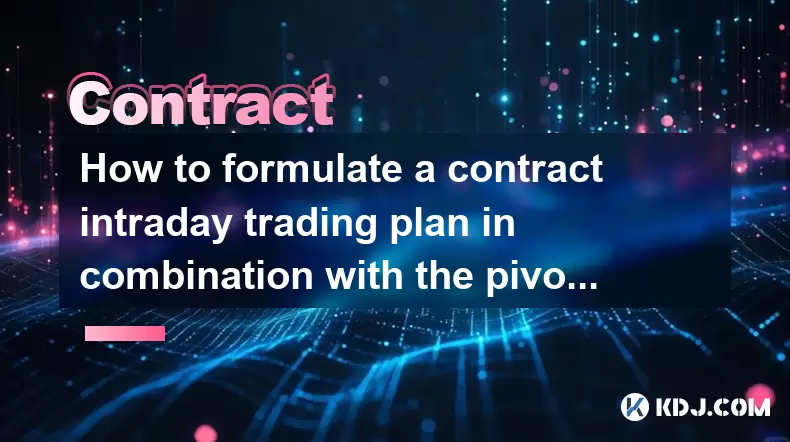
How to formulate a contract intraday trading plan in combination with the pivot point system?
Jun 21,2025 at 03:42pm
Understanding the Basics of Pivot Points in Cryptocurrency TradingPivot points are technical analysis tools used by traders to identify potential support and resistance levels. These levels are calculated using the previous day's high, low, and closing prices. In the context of cryptocurrency trading, where markets operate 24/7, pivot points help trader...
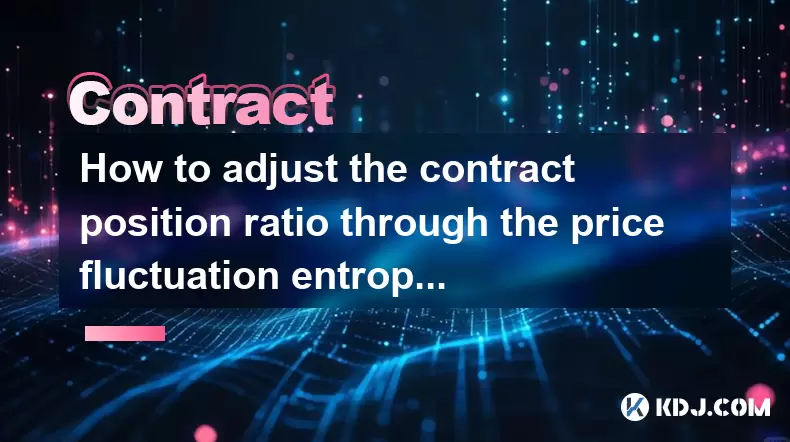
How to adjust the contract position ratio through the price fluctuation entropy?
Jun 22,2025 at 11:42am
Understanding Price Fluctuation Entropy in Cryptocurrency ContractsIn the world of cryptocurrency futures trading, price fluctuation entropy is a relatively new concept used to measure market volatility and uncertainty. It derives from information theory, where entropy refers to the degree of randomness or unpredictability in a system. In crypto contrac...
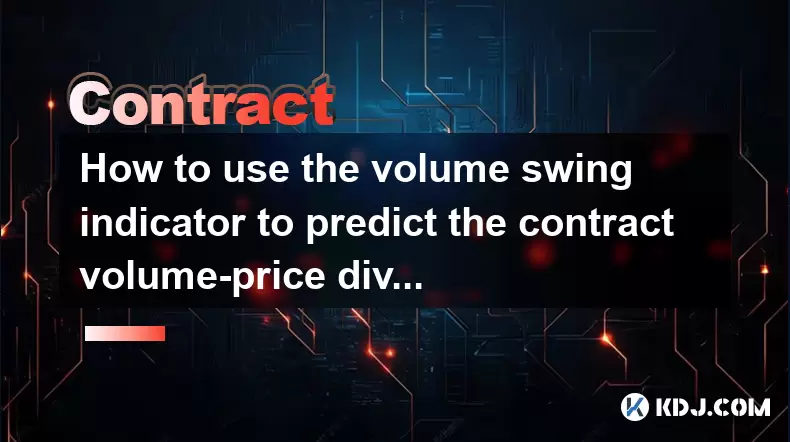
How to use the volume swing indicator to predict the contract volume-price divergence?
Jun 18,2025 at 11:42pm
Understanding the Volume Swing IndicatorThe volume swing indicator is a technical analysis tool used primarily in cryptocurrency trading to evaluate changes in volume over time. Unlike price-based indicators, this metric focuses solely on trading volume, which can provide early signals about potential market reversals or continuations. The key idea behi...
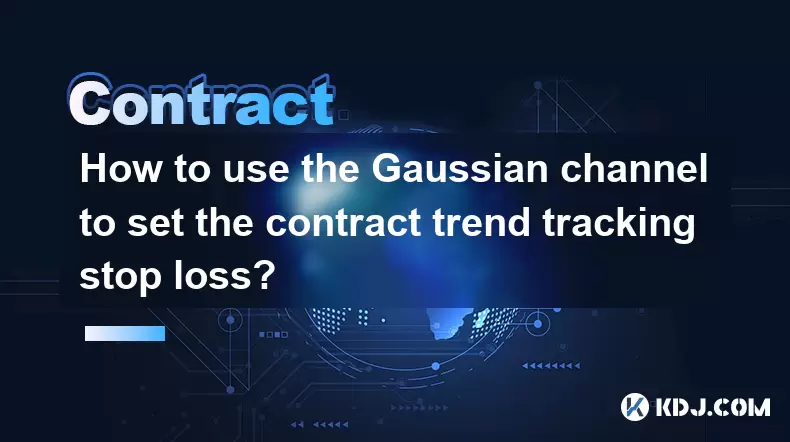
How to use the Gaussian channel to set the contract trend tracking stop loss?
Jun 18,2025 at 09:21pm
Understanding the Gaussian Channel in Cryptocurrency TradingThe Gaussian channel is a technical indicator used primarily in financial markets, including cryptocurrency trading, to identify trends and potential reversal points. It is based on statistical principles derived from the normal distribution, commonly known as the Gaussian distribution or bell ...

How to use the price slope to filter the false breakthrough signal of the contract?
Jun 20,2025 at 06:56pm
Understanding the Concept of Price Slope in Contract TradingIn contract trading, especially within cryptocurrency derivatives markets, price slope refers to the rate at which the price changes over a specific time period. It helps traders assess the strength and sustainability of a trend. A steep slope may indicate strong momentum, while a shallow slope...

How to determine the expected volatility of the contract through the volatility cone?
Jun 19,2025 at 12:28pm
Understanding the Basics of Volatility in Cryptocurrency ContractsIn the realm of cryptocurrency trading, volatility is a key metric that traders use to assess potential risk and reward. When dealing with futures contracts, understanding how volatile an asset might become over time is crucial for position sizing, risk management, and strategy developmen...

How to formulate a contract intraday trading plan in combination with the pivot point system?
Jun 21,2025 at 03:42pm
Understanding the Basics of Pivot Points in Cryptocurrency TradingPivot points are technical analysis tools used by traders to identify potential support and resistance levels. These levels are calculated using the previous day's high, low, and closing prices. In the context of cryptocurrency trading, where markets operate 24/7, pivot points help trader...

How to adjust the contract position ratio through the price fluctuation entropy?
Jun 22,2025 at 11:42am
Understanding Price Fluctuation Entropy in Cryptocurrency ContractsIn the world of cryptocurrency futures trading, price fluctuation entropy is a relatively new concept used to measure market volatility and uncertainty. It derives from information theory, where entropy refers to the degree of randomness or unpredictability in a system. In crypto contrac...

How to use the volume swing indicator to predict the contract volume-price divergence?
Jun 18,2025 at 11:42pm
Understanding the Volume Swing IndicatorThe volume swing indicator is a technical analysis tool used primarily in cryptocurrency trading to evaluate changes in volume over time. Unlike price-based indicators, this metric focuses solely on trading volume, which can provide early signals about potential market reversals or continuations. The key idea behi...

How to use the Gaussian channel to set the contract trend tracking stop loss?
Jun 18,2025 at 09:21pm
Understanding the Gaussian Channel in Cryptocurrency TradingThe Gaussian channel is a technical indicator used primarily in financial markets, including cryptocurrency trading, to identify trends and potential reversal points. It is based on statistical principles derived from the normal distribution, commonly known as the Gaussian distribution or bell ...
See all articles





















